Geonet for Landfill: Essential Insights for Waste Management Infrastructure
Geonet for landfill enhances drainage, liner protection, and landfill stability, providing safe and sustainable waste solutions.
Tel: +86-411-39569550 | E-mail: info@geofantex.com/geofantex@gmail.com
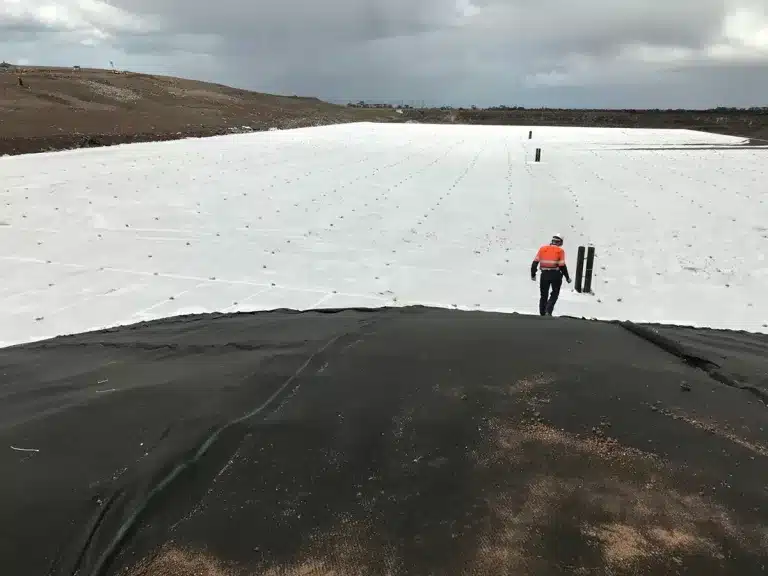
Geonet for landfill enhances drainage, liner protection, and landfill stability, providing safe and sustainable waste solutions.
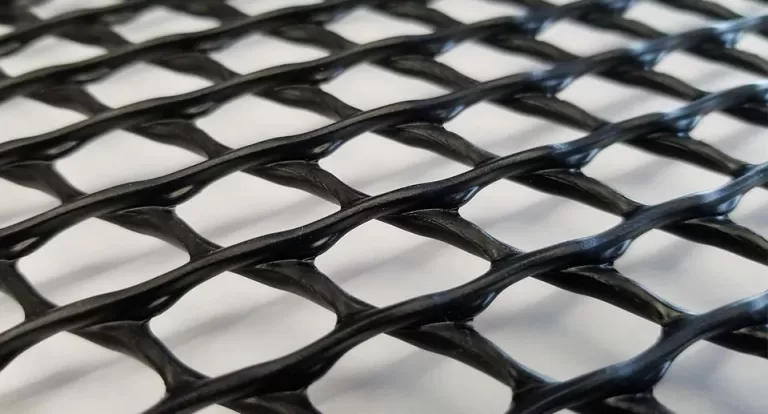
Geonet for roads improves drainage, subgrade stability, and road lifespan, offering sustainable, cost-effective solutions for highways.
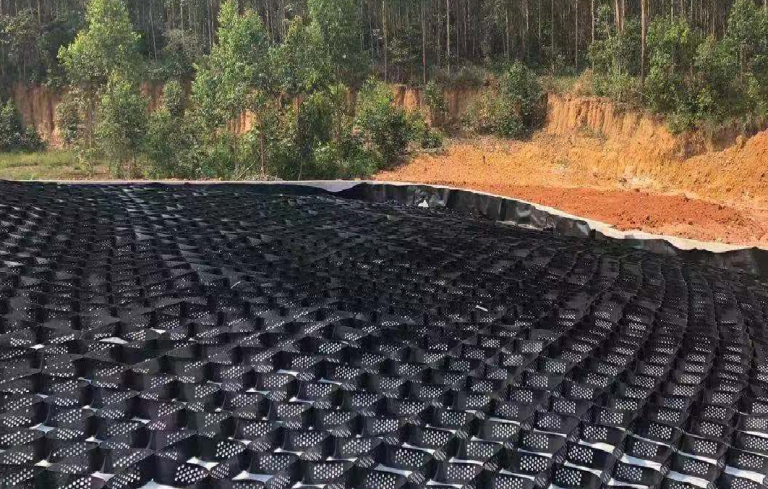
Explore real-world geocell grid applications for roads, slopes, and airport pavements with effective geosynthetic solutions.
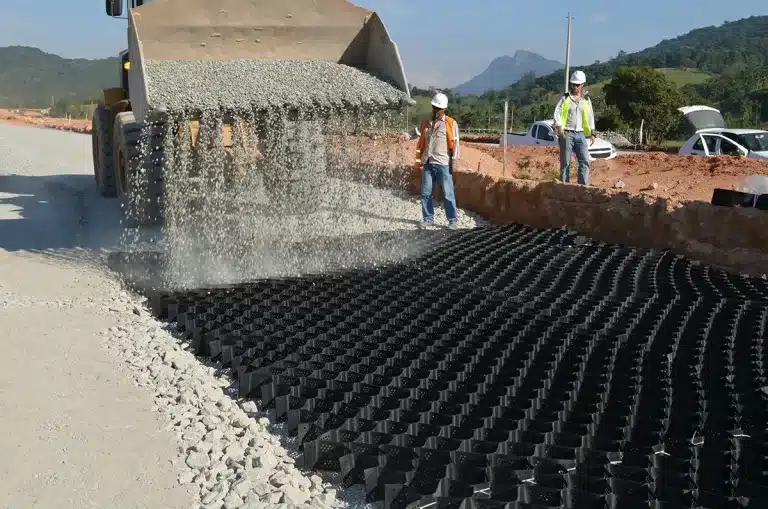
Find a geocell near me for road, slope, and airport reinforcement projects and explore real-world geosynthetics applications.
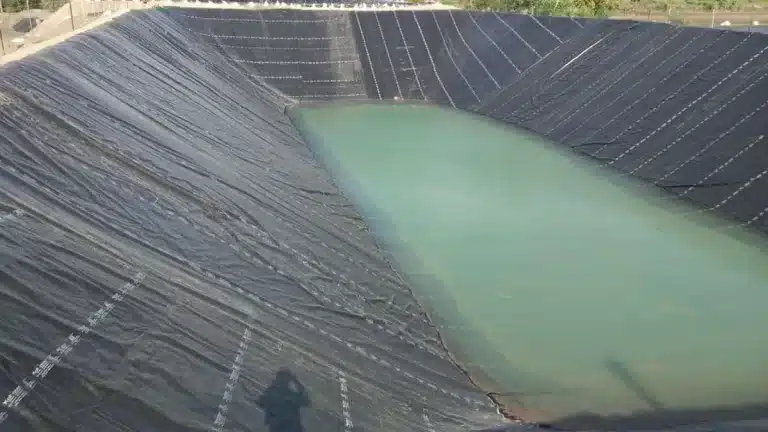
Geofantex delivers expert underwater repair of geomembrane, ensuring efficient, safe, and long-lasting pond maintenance solutions.

Geofantex provides expert underwater repair of HDPE geomembrane ponds, ensuring reliable and efficient pond maintenance.
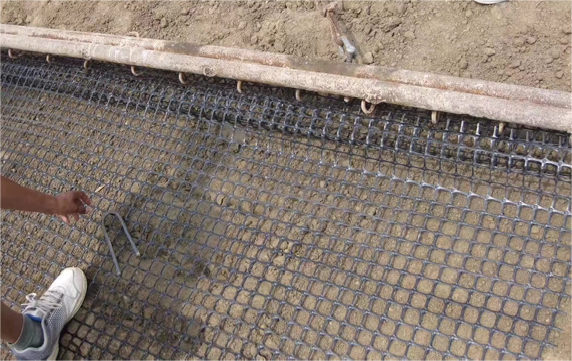
Use Geofantex retaining wall geogrids to reinforce soil, prevent erosion, and ensure durable, long-lasting wall projects.

Geosynthetic material enhances soil stability and drainage, delivering reliable and efficient solutions for modern infrastructure projects.
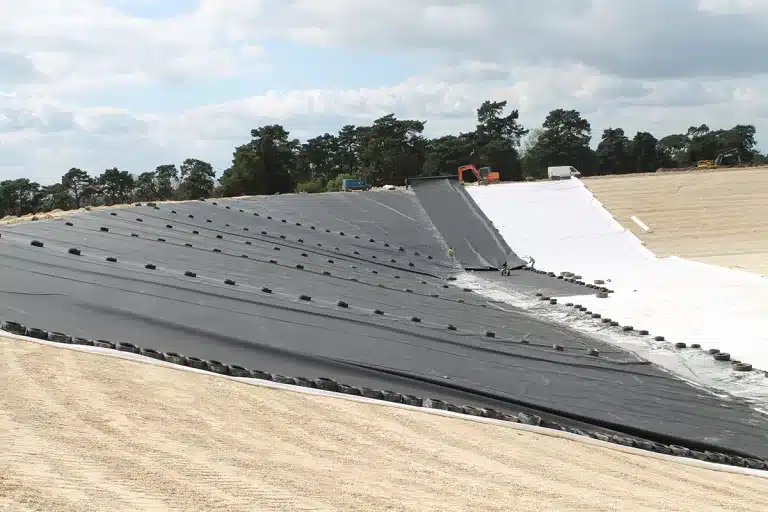
Geosynthetic clay liner for seepage control, providing reliable containment, fast installation, and long-term environmental protection.
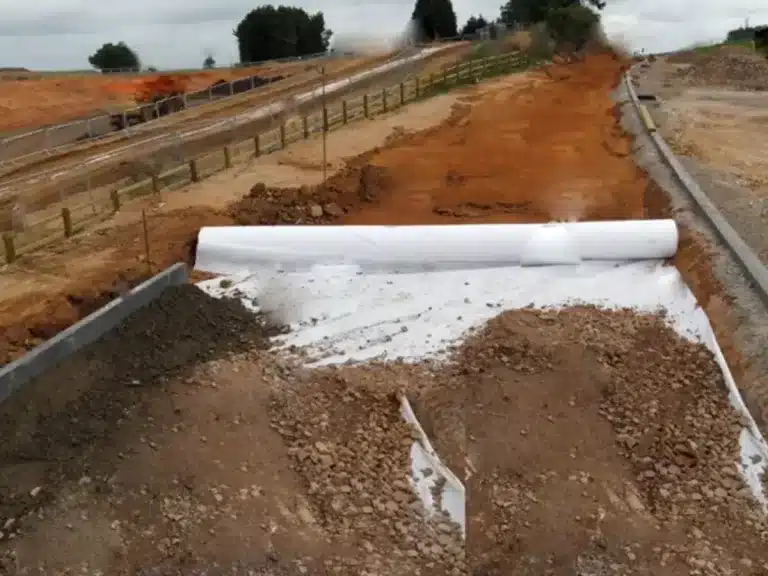
Feutre geotextile improves soil stability, drainage, and long-term protection across modern infrastructure and geosynthetic systems.
End of content
End of content
WhatsApp us